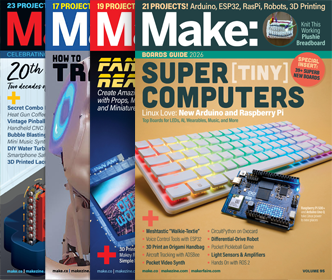Why hydro instead of soil? Growing hydroponically has tons of advantages. It actually saves water! This project uses the same 5 gallons of water over and over again for a whole week. If you were watering into dirt, it would be difficult, if not impossible, to collect and recirculate the water.
Hydro also saves space. In a typical soil garden, the lettuce plant will only grow as big as the 4″ pot will let it. With hydroponics, the roots of the plants will actually grow right out of the pot, allowing the plant to get as big as it likes. Or at least as big as it can before you eat it!



















